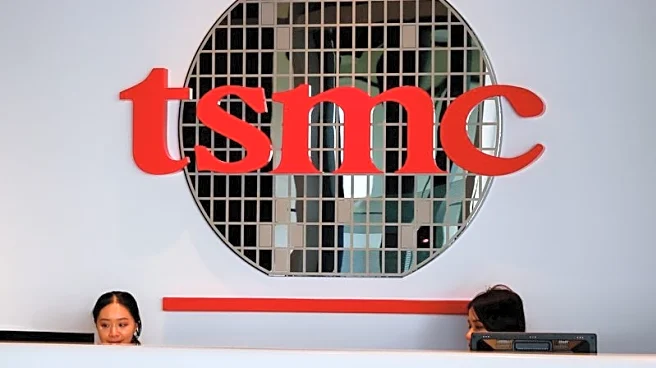What's Happening?
In the first half of 2025, Bengaluru's industrial market experienced a significant increase in net absorption, reaching 6.3 million square feet, which is double the amount recorded in the same period of 2024. According to a report by JLL, this growth is largely driven by demand for Grade A spaces, which accounted for 87% of the total absorption. The submarkets of Hoskote and Hosur Road were particularly active. Key sectors contributing to this demand include engineering, e-commerce, and auto & ancillaries, which together made up over 60% of the total demand. Additionally, sectors such as 3PL/logistics, home & construction, and retail also played a role in driving demand.
Why It's Important?
The doubling of net absorption in Bengaluru's industrial market highlights the growing preference for high-quality, compliant Grade A spaces. This trend is indicative of increasing investments from institutional developers and investors, which is expected to continue driving up rents and reducing vacancy rates. The rise in demand and subsequent increase in rents, which grew by 4.4% year-over-year, reflects the market's robust growth trajectory. This development is crucial for stakeholders in the warehousing and manufacturing sectors, as it signals a strong investment climate and potential for further expansion.
What's Next?
Looking ahead, Bengaluru's warehousing sector is poised for continued growth, with total stock expected to reach 70 million square feet. This expansion will be supported by new Grade A developments and key infrastructure projects like BMIC and CBIC, which will enhance connectivity and further fuel demand. Vacancy rates are anticipated to remain below 8% over the next four years, indicating sustained interest from occupiers and investors alike.
Beyond the Headlines
The increasing demand for Grade A spaces in Bengaluru's industrial market may have broader implications for urban planning and infrastructure development. As the city continues to attract institutional investments, there could be a push for more sustainable and efficient logistics solutions, potentially influencing policy decisions and urban development strategies.












